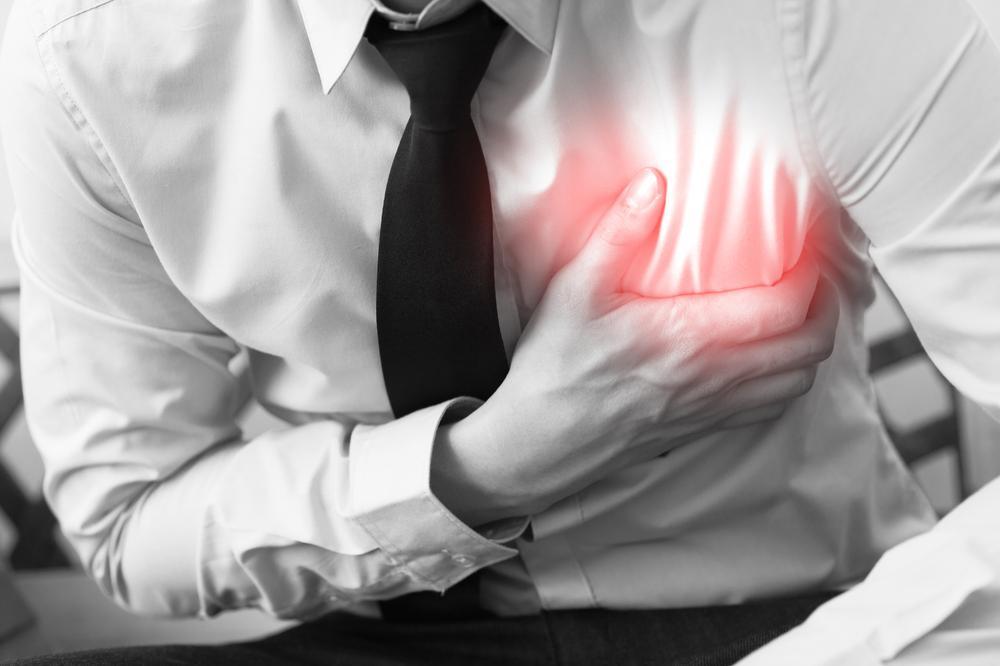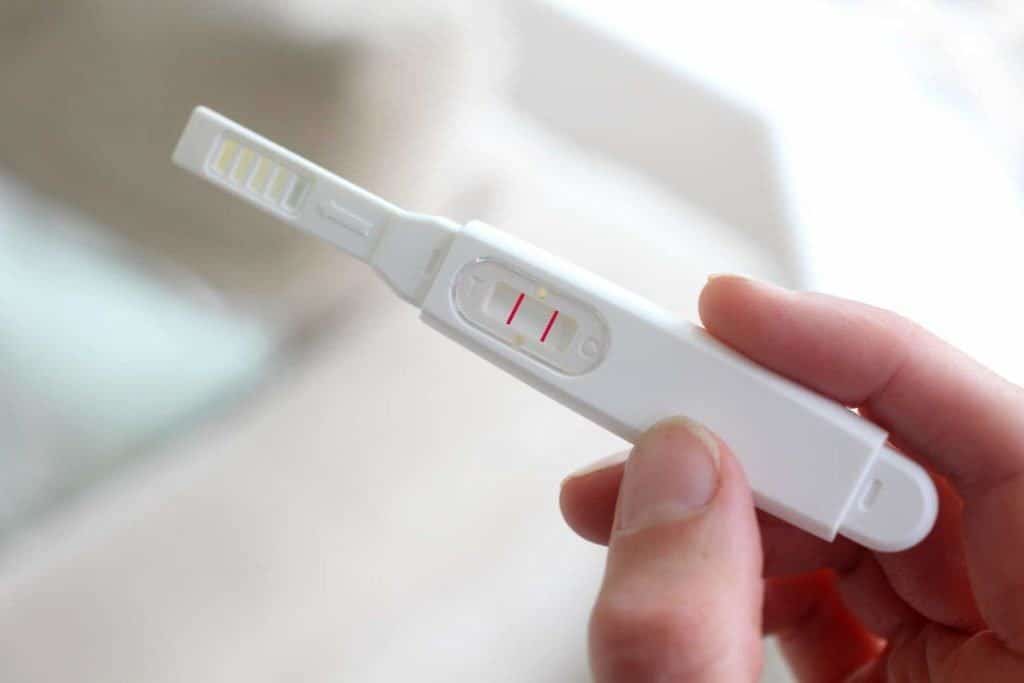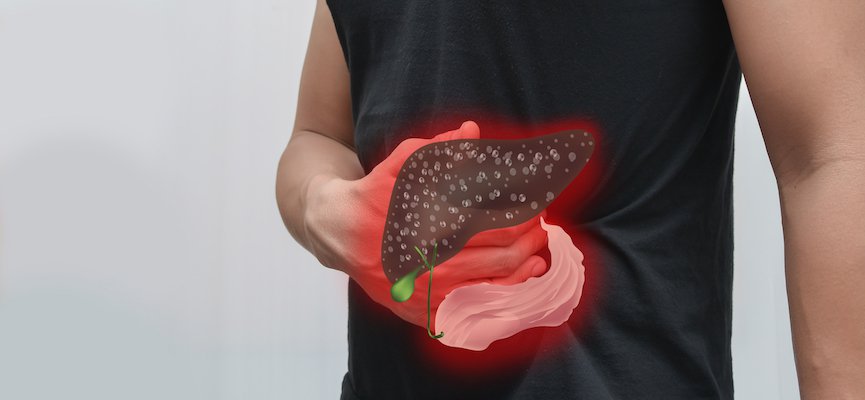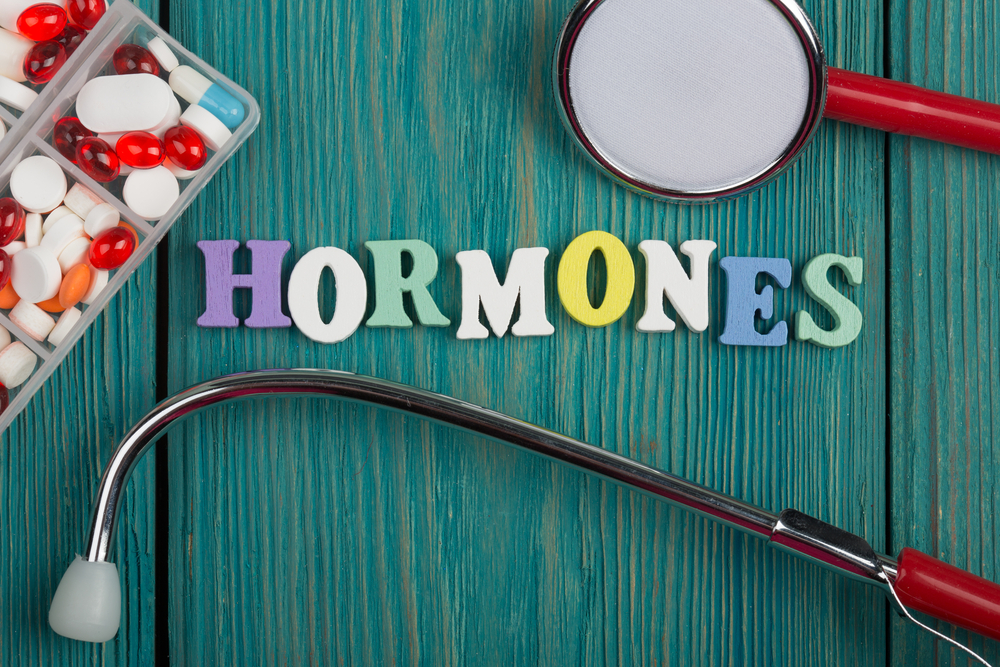Contents:
- Medical Video: 5 Common Signs of Heart Disease
- Why are people who have had a heart attack susceptible to heart failure?
- How to assess cardiac remodeling that occurs after an attack
- What can be done to prevent heart failure?
Medical Video: 5 Common Signs of Heart Disease
Someone who has had a heart attack will usually experience some damage to the heart muscle. Muscle damage to the heart can increase the risk for heart failure. Well, preventing heart failure is the most important part after you have a heart attack. How to prevent heart failure? This is the answer.
Why are people who have had a heart attack susceptible to heart failure?
Heart attack patients will be at higher risk for heart failure, often even within a few hours or the first day after a heart attack. Although damage to the heart muscle is only on a moderate scale, the risk of heart failure is still very large. Treatment or therapy after a heart attack and changing your lifestyle from an unhealthy to a healthy lifestyle is very important to prevent heart failure.
Heart failure that occurs after a heart attack is very dependent on how the damaged heart muscle responds. After you have a heart attack, your healthy heart muscle will "stretch" and take over the workload of the damaged muscle. This stretch causes enlargement of the heart, this process is commonly called heart remodeling.
This stretch helps the undamaged heart muscles to contract stronger and allows doing more work. Simply put, the heart muscle 'behaves' like a rubber band. The more you stretch it, the harder it becomes and the more 'shots' it has. However, if you use too much rubber band, or keep stretching it over and over for a long time, the rubber band will lose 'snapshot' and become stretchy or weak. The same thing will happen to the heart muscle.
Stretching the heart muscle will cause the heart muscle to weaken, increasing the risk of heart failure. Heart remodeling can only help the heart to work better temporarily because of the risk of heart failure. If heart remodeling can be prevented or limited then the risk of heart failure will decrease.
How to assess cardiac remodeling that occurs after an attack
Estimating how much heart remodeling occurs is the most important part of assessing the performance of the heart muscle after an attack. To check this, you can do itMultigated Acquisition (MUGA) scan or echocardiogram. These two methods are used to see the performance of the left ventricle of the heart.
To estimate the amount of heart muscle damage caused by an attack it is usually measured by the left ventricular ejection fraction, better known as Left Ventricle Ejection Fraction (LVEF). LVEF is the percentage of blood released by the left ventricle with each heart beat.
Enlargement of the heart due to remodeling causes a decrease in the left ventricular ejection fraction. If LVEF is less than 40% (normal 55% or higher), the muscle damage that occurs is quite significant. The lower the LVEF, the greater the damage and this increases the risk of heart failure.
What can be done to prevent heart failure?
Several studies have shown that there are two drugs that can significantly reduce heart remodeling after an attack while preventing heart failure, namely beta receptor inhibitors (Beta Blocker) and inhibitorsAngiotensin Converting Enzyme (ACE).
Beta blockers work by blocking beta receptors found in body cells. One function of beta receptors is to increase contractility of the heart muscle. Beta blockers also reduce the risk of sudden death in patients after a heart attack and prevent and even "cancel" heart remodeling after an attack. The most commonly prescribed beta blockers after an attack are tenormin (atenolol) and lopressor (metoprolol).
While ACE inhibitors significantly reduce the risk of heart failure by preventing remodeling of the left ventricle of the heart. Not only that ACE inhibitors also reduce the risk of recurrent heart attacks, strokes, and sudden death.
The most commonly used ACE inhibitors after a heart attack are vasotec (enalapril) and capotene (captopril). Not only drugs that can prevent you from experiencing heart failure. The following are some of the things you can do to prevent heart failure, including:
- Eat healthy foods and limit your intake of salt, fat and sugar. Examples of healthy foods are fruits and vegetables, high-protein foods (such as fish, meat or beans), starchy foods (such as rice, potatoes, or bread), and foods made from milk or dairy ingredients.
- Maintain weight by exercising regularly.
- Stop smoking and limit consumption of liquor.
- Maintain cholesterol levels and blood pressure at healthy limits.












